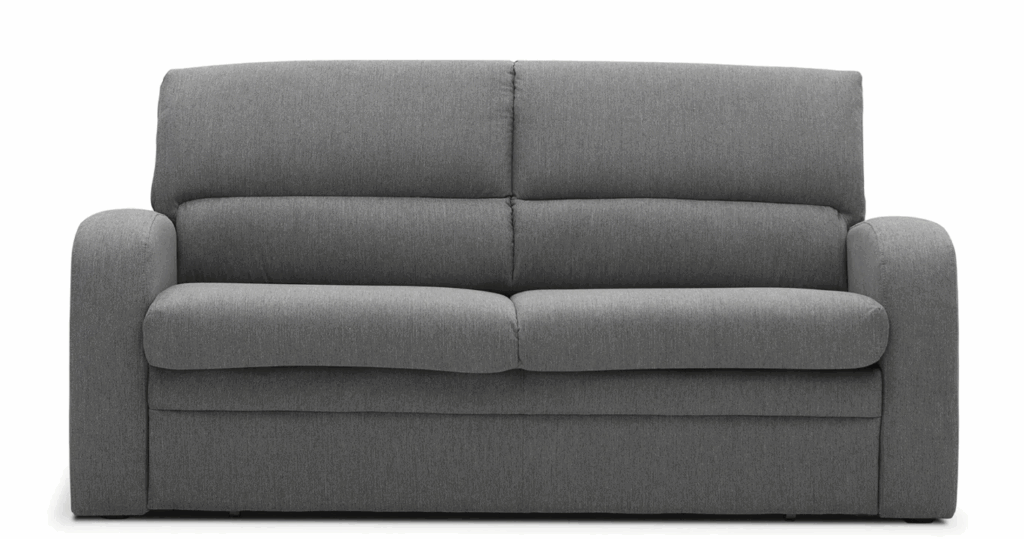Posted on April 17, 2025
The art of layering textures: how to mix different materials in home decor
Mixing textures in interiors – combine materials in home decor
Texture is one of the most powerful tools in interior design. It adds depth, warmth and visual interest, transforming a flat room into a dynamic, layered space. When it comes to mixing textures in interiors, the goal is to create harmony through contrast. Think soft with hard, rough with smooth, matte with gloss—each texture plays its part in crafting a space that feels balanced yet full of character.
Start with one dominant material and build around it. For example, a velvet sofa sets the tone for luxury and comfort. You can then add rustic touches like a reclaimed wood coffee table, rattan accents or linen cushions to offset the plushness. This interplay of materials prevents the room from feeling too one-dimensional and instead makes it rich with tactile appeal.

How to use contrast to create depth and balance
One of the easiest ways to create visual interest is by pairing opposites. Pairing velvet and wood furniture brings out the best of both: the velvet softens the space, while the wood grounds it with a natural, organic feel. You can also combine metal with fabric, such as a brass-framed chair with a boucle seat, for a contemporary look that’s full of contrast.
Layering isn’t about overwhelming a space with too many competing elements. Instead, the key is choosing complementary textures that support your overall theme. If your home features a modern corner sofa, you might layer in leather ottomans, marble tables and cotton throws to build a tactile, cohesive scheme.
The best fabric combinations for comfort and style
Fabric plays a major role in how a space feels, both physically and visually. Some of the best fabric combinations include velvet with linen, wool with leather, or boucle with cotton. These combinations add complexity and create a more inviting environment. For example, pairing a sofa bed in a textured weave with silk or wool cushions instantly elevates the aesthetic.
Don’t shy away from mixing patterns and textures simultaneously. A tweed blanket can sit beautifully next to a silky cushion, while a knitted pouffe adds a cosy contrast to a structured armchair. Just make sure your colour palette is cohesive to tie it all together.
Tips for layering textures like a pro
Begin with larger items like sofas, curtains or rugs to establish your foundational materials. From there, layer in medium and small-scale textures—like throws, pillows, ceramics and plants—to create visual rhythm. Play with sheen levels too: matte textiles can be lifted with glass or mirror accents, while glossy finishes are toned down with woven or brushed elements.
Lighting also enhances texture. Directional lights cast shadows that emphasise surface depth, while ambient light softens the overall composition. The trick is to allow each material to be seen and felt without overpowering the others.
Mastering the art of mixing textures in interiors is about creating balance through thoughtful contrasts.
Pairing velvet and wood furniture or exploring the best fabric combinations adds richness and personality to your home. Whether you’re styling around a sofa, corner sofa or sofa bed, Furniture Story offers inspiration and pieces that make textural layering effortless.

